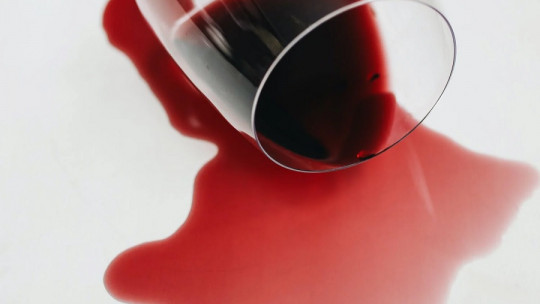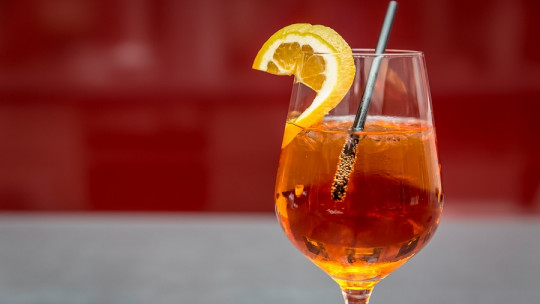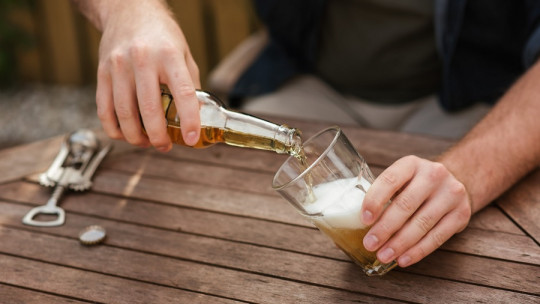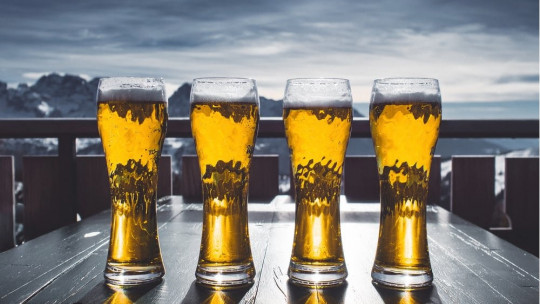
Alcoholism is a disorder that can be characterized both by the abusive consumption of this substance at specific times and by physical and psychological dependence on the drink. If alcoholism persists long-term, it can cause very serious consequences for life, such as suicide due to depression or Wernicke-Korsakoff syndrome.
In this article we will describe the main psychological treatment programs for alcoholism focusing on those whose effectiveness has been demonstrated through scientific research.
Effective psychological treatments for alcoholism
As we will see, the psychological therapies that have been developed to reduce or eliminate alcohol consumption mainly use techniques based on classical conditioning, such as the extinction of the physiological signs of craving, and on the operant, such as the development of reinforcements. alternatives that replace that provided by alcohol.
These programs often They are combined with drugs in order to allow or promote change These include anxiolytic medications such as benzodiazepines and substances that cause aversive effects when combined with alcohol, such as disulfiram (better known by its trade name, “Antabus”).
1. Approach to community reinforcement
Hunt and Azrin developed the Community reinforcement approach program in 1973 for the treatment of severe alcoholism. Its effectiveness has made it also applied to other types of addiction, and it has been shown to be especially useful in the case of heroin when combined with contingency management.
The two main objectives of this treatment, which are closely related to each other, are reducing alcohol consumption and developing alternative habits that reinforce sobriety. In this way, positive reinforcement is used as a key tool; The same goes for fostering motivation to change.
The approach to community reinforcement is based on techniques such as training in communication skills (focused especially on the immediate environment), the practice of healthy leisure activities, the acquisition of skills that facilitate job search and improving resistance to temptation to drink through covert awareness.
As happens with other treatments that we will mention, the approach to community reinforcement It is usually combined with the use of disulfiram in order to enhance the therapeutic effects of cognitive-behavioral techniques. This drug causes unpleasant reactions when interacting with alcohol, such as nausea and anxiety.
2. Family and couples cognitive-behavioral therapy
Family and couples therapies for alcoholism are multicomponent programs whose fundamental objectives are the improved communication between the patient and those closest to them as well as the increase in positive reinforcement obtained through interaction with them.
At a theoretical level, this type of treatment suggests that a bad relationship with the family, and especially with the partner, favors alcohol consumption; On the other hand, if the interaction is positive it can be a key source of reinforcement with the potential to modify the behavior of the person who drinks. Additionally, the family can provide support for abstinence.
An example is the community reinforcement and family training program or CRAFT (“Community reinforcement and family training”) developed by Millar, Meyers and Tosigan in 1999. This therapy uses motivational interviewing, training in contingency management, identification of risk situations and leisure activities with the family.
3. Social and coping skills training
The programs that fall into this category aim to acquire social and coping skills for risky situations of alcohol consumption. It is based, therefore, on the training of this type of strategies and their practice in contexts that usually trigger drinking behavior.
Since there are a large number of treatments for alcoholism that have skills training at their core, The effectiveness of these programs may vary depending on the specific case The intervention developed by Langley and colleagues, called “coping skills for drinking behavior,” is a notable example.
4. Relapse prevention program
Although a few decades ago relapse prevention was seen as an additional module that could enhance the therapeutic effects of other programs, today relapse prevention constitutes in itself a differentiated category of treatments and its effectiveness has been demonstrated even if applied in an independent way.
The Marlatt and Gordon model is especially well known These authors emphasize the progressive nature of recovery; In this sense, his therapy teaches to distinguish specific “falls” from “relapses”, which are more chronic in nature. Again, training coping skills for risk situations is a central aspect.
5. Cue exposure therapy
Cue exposure therapy, abbreviated as “CET” (“Cue Exposure Therapy”), has been applied with moderately effective results in cases of alcohol abuse, as well as in programs to stop tobacco consumption.
It focuses on reducing the reactivity of the person addicted to drugs. Environmental cues that trigger conditioned “craving” responses or desire to consume. To achieve this, exposure and response prevention procedures are used in the presence of antecedent stimuli in order to extinguish the psychophysiological reactions associated with craving. One of the advantages of this method is that it goes to the root of the addiction’s desire.
6. Self-control or controlled drinking programs
These treatments are applied when the person wants reduce the intensity of your alcohol consumption without quitting completely. It is usually carried out in young people with an adequate level of social and economic support, as well as in more severe cases where total abstinence programs have failed.
Therapy usually begins by establishing goals, performing a functional analysis of drinking situations, and self-recording these behaviors. Subsequently, a period of abstinence takes place (approximately one month) that is combined with training in alternative coping skills, also useful for preventing relapses.
7. Contingency management based on reinforcement
Contingency management is a therapeutic approach based on the operant conditioning paradigm. Alcohol consumption is conceived as an operant behavior whose maintenance is influenced by reinforcers such as the effects of the drink itself or the social interaction situations to which addiction is associated.
These programs consist of replace inappropriate reinforcements with adaptive and tangible incentives, mainly items for personal use such as tickets for movie sessions or other shows. These rewards are earned by demonstrating that abstinence has been maintained, often through urine testing.








